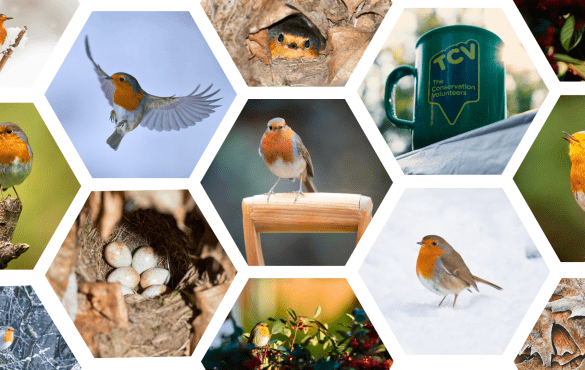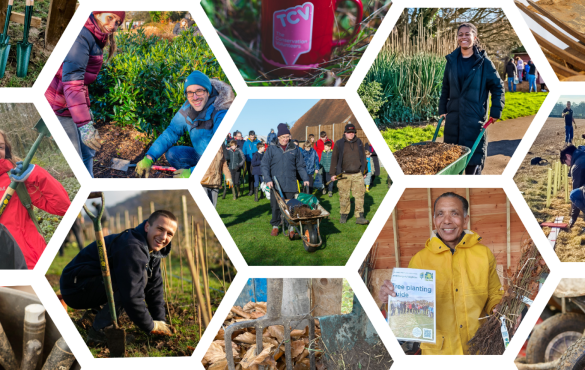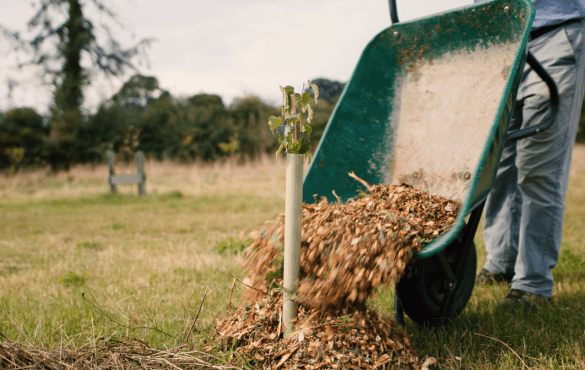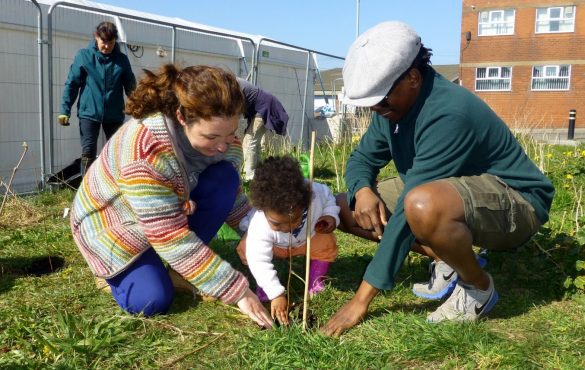We hear most days that in order to slow the decline in biodiversity, combat species loss and reduce the effects of climate change we need more trees, everywhere. In rural, wild and urban landscapes.
Although we certainly have to be careful so as not to disturb certain habitats which could lead to the unwitting release of stored carbon into the environment.
There’s also all the huge positive effects to people’s lives that more trees bring. People who live close to green spaces are more likely to have improved mental and physical health.
Access to green spaces can decrease a person’s blood pressure and stress levels, leading to an overall increase of wellbeing in urban communities.
If planted correctly, trees can also reduce soil erosion and regulate water flow, preventing floods and keep people safe and dry in their homes.

But how can we keep planting trees in an ever-dense urban landscape, without encroaching on land that is already species-rich or Sites of Special Scientific Interest (SSSI)?
Introducing The ‘Miyawaki’ method…
This technique was pioneered by Japanese botanist Dr Akira Miyawaki. The process helps build dense, native forests and the approach is designed to encourage tree growth that is up to 10 times faster, resulting in a plantation 30 times denser than usual.
The Miyawaki Method is regarded as one of the most effective tree planting methods for creating forest cover at speed, on land that has been used for other purposes, such as agriculture or construction.
So, it is perfect for urban landscapes, parkland and with potential for brownfield sites. Good news for communities and local wildlife!

It is believed that its effectiveness is down to it being based on natural reforestation principles, using native trees whilst replicating natural forest regeneration processes.
As you can imagine, the flora and fauna close to the project is adapted to live and thrive with the vegetation they have evolved alongside for millennia, so what’s native is best for local wildlife in this instance.
To put this all into perspective, the Miyawaki method would plant circa 200 trees in an area you might now traditionally plant circa 50 trees.
It involves planting dozens of native tree and shrub species in an area that becomes maintenance-free after the first three years, providing a chemical and manmade fertiliser free forest that nurtures itself once established.
Next up in this blog series…
The Conservation Volunteers and partners are pioneering the Miyawaki approach in Europe with the biggest plant of this kind!
Keep up to date with the latest news and activities from The Conservation Volunteers by following us on Twitter, Facebook, LinkedIn and Instagram. You can also sign up to receive our Greenzine newsletter for more ways to get involved.




